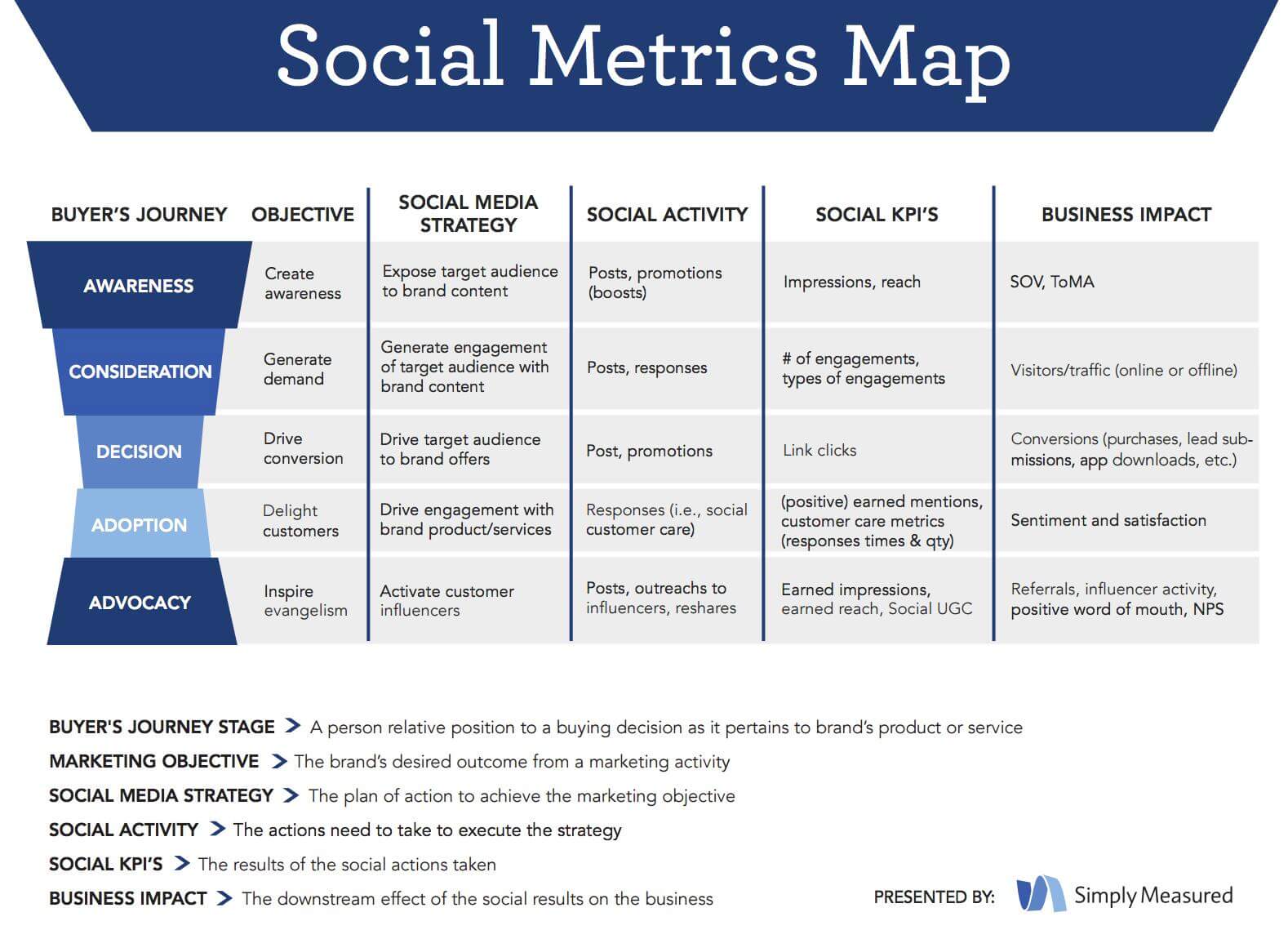Posted on 11/18/2015 in Digital Marketing
By Dean Dorazio
Determining social media ROI is an enigma wrapped in a puzzle. Social media marketing is not as clear cut as organic or paid. Sure you can contribute revenue to advertising done through social media, but there is no clear way to determine how the time you spend building a fan base and generating brand awareness contributes to your bottom line.
We need to look more at attribution than ROI. Mark Shively of Simply Measured hits the nail right on the head:
“Social media is a marketing function. Whether it feeds top-of-the-funnel brand awareness, mid-funnel conversions, or customer satisfaction and lifetime value, we can’t talk about Social ROI until we address the Social Attribution problem. For the most part, social marketers are missing a huge piece of the puzzle when it comes to attributing traffic, conversions, and sales to social media, because we can’t see exactly where a lot of traffic actually came from.”
When I explain the purpose behind social media marketing, I adamantly stress the 3 C’s. When you build a community, you are building a following of individuals that trust you and your brand. That trust is earned by listening to your followers’ problems and providing informative, engaging content to help them formulate solutions.
But how do report the “success” in terms of ROI of this community? Social Media marketing falls in the same ROI dark abyss as print advertising did back in the day. You really didn’t know who saw your ad, unless you had a dedicated phone number or the prospect actually mentioned they saw your advert. Same thing goes for social media because it may not get credit for it’s efforts.
What you can track is how many times an article was shared, especially when that article includes a UTM parameter. This brings “dark social” to the light!
Dark Social is traffic generated by the sharing of a URL that was discovered on social media but gets attributed to the “direct” channel on Google Analytics. Over 70% of social shares are considered dark, so we need to start appending UTM parameters to the share buttons on our articles to track URL’s and give social media the credit it deserves.

When trying to track conversions from social media, this can solve a lot of your issues, however, it does not cover links shared through chat or email. So until we can corral all the traffic/leads generated by social media, marketers can never provide a “true” return on investment.
Related Articles

How Do I Optimize My Website for AI?
Why do you need to optimize your website for AI?AI-powered search engines like Google’s AI Overview, Perplexity, and tools such as Microsoft's [...]

Outdated or Outstanding? How to Tell If Your Website Needs a Refresh
Your website is the digital face of your business. It serves as a first impression, a marketing tool, and a resource for potential customers. [...]

Preparing a Website Redesign Budget for 2025: A Step-by-Step Guide
As we approach 2025, businesses are recognizing the necessity of a fresh, user-friendly website to stay competitive in a rapidly evolving digital [...]

